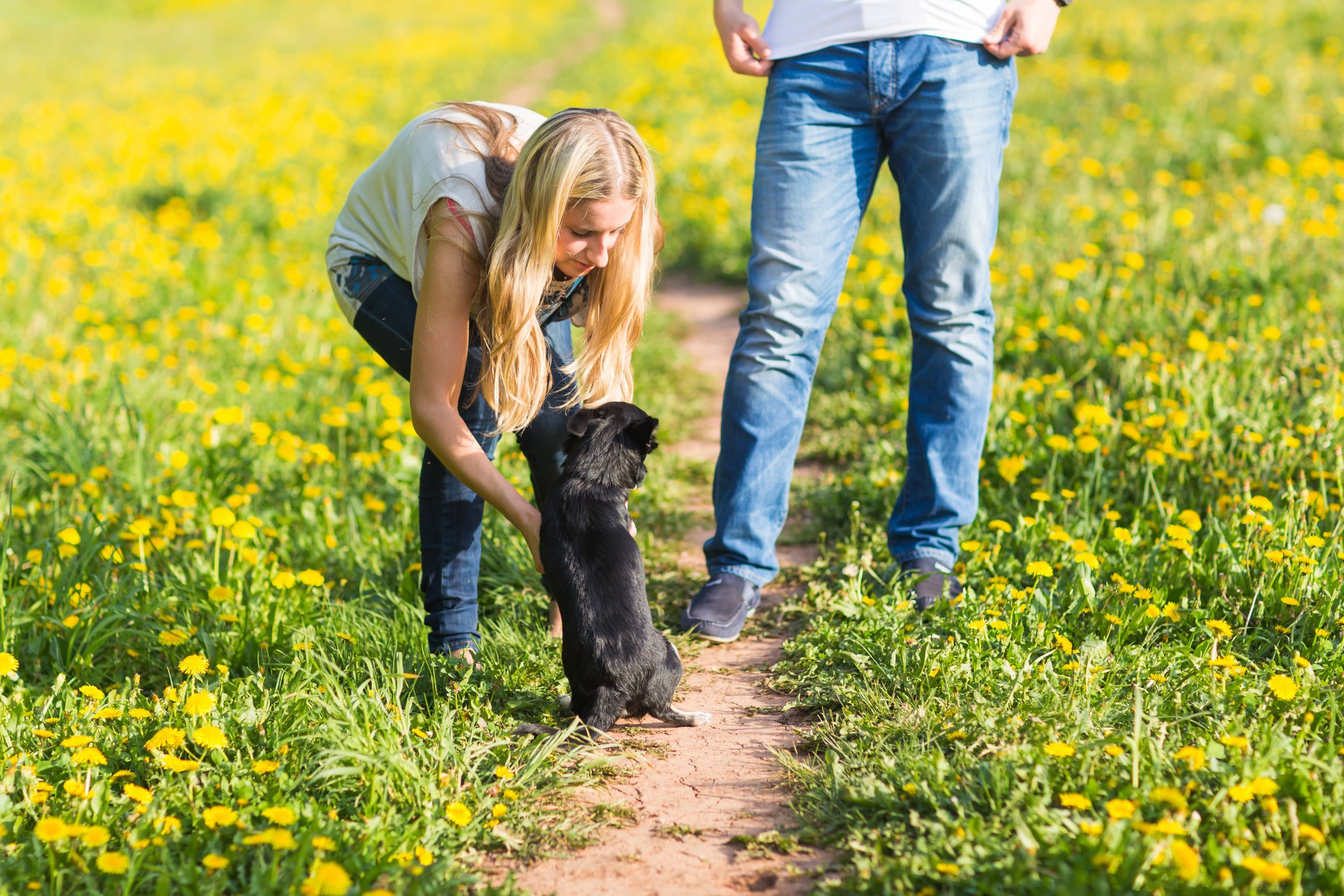
Dogs, much like humans, have individual personalities, quirks, and temperaments. One of the most common challenges dog owners face is training a stubborn dog. Dealing with a stubborn dog can be frustrating, but with patience, consistency, and the right techniques, even the most headstrong pups can learn good behavior. In this post, we’ll explore effective strategies for training a stubborn dog, ensuring both you and your furry friend enjoy a harmonious relationship.
Understanding Stubbornness in Dogs
Before diving into the training techniques, it’s vital to understand why a dog might seem stubborn. Stubbornness in dogs is often a result of:
1. Lack of Motivation: Dogs need a reason to follow commands. If they don’t see a benefit, they might ignore you.
2. Boredom: A bored dog is less likely to respond to training. Mental and physical stimulation is crucial.
3. Anxiety or Fear: A dog that is scared or anxious may appear stubborn when it’s actually too frightened to comply.
4. Lack of Consistency: If the rules and commands are not consistent, a dog can get confused and not follow through.
5. Strong-willed Personality: Some breeds and individual dogs simply have a more independent and strong-willed nature.
Understanding these factors can help tailor your training approach to meet your dog’s specific needs.
Positive Reinforcement
Positive reinforcement is the cornerstone of effective dog training. This method involves rewarding your dog for good behavior, ensuring they associate the action with something pleasant. Here’s how you can apply it:
1. Use High-Value Treats: Find out what your dog loves the most, whether it’s a special treat, a favorite toy, or verbal praise. Use this as a reward during training sessions.
2. Timing is Crucial: Reward your dog immediately after they perform the desired behavior. This helps them make the connection between the action and the reward.
3. Consistency is Key: Ensure that everyone in the household uses the same commands and rewards the same behaviors. Inconsistent training can confuse your dog and hinder progress.
Establish Clear Commands
Stubborn dogs need clear and concise commands. Here are some tips to help you:
1. Use Simple Words: Stick to one or two-word commands such as “sit,” “stay,” “come,” and “down.”
2. Be Consistent with Commands: Use the same word for each command every time. Don’t mix “come here” with “come”; consistency aids learning.
3. Practice Regularly: Short, frequent training sessions (5-10 minutes) are more effective than longer, infrequent ones.
Patience and Persistence
Training a stubborn dog requires patience and persistence. Dogs are highly sensitive to their owner’s emotions, so maintaining a calm and positive demeanor is essential.
1. Stay Calm: Getting frustrated or angry can exacerbate stubborn behavior. If you feel yourself getting frustrated, take a break.
2. Be Persistent: Firmness doesn’t mean harshness. Maintain a firm, consistent approach, and don’t give in when your dog resists.
3. Break Tasks into Smaller Steps: If your dog is struggling with a command, break it down into smaller, more manageable steps. Reward progress along the way.
Physical and Mental Exercise
Often, what seems like stubborn behavior can be a result of pent-up energy or boredom. Ensuring your dog gets enough physical and mental stimulation can significantly improve their behavior.
1. Daily Walks: Regular walks are vital. They provide physical exercise and expose your dog to different environments and stimuli.
2. Interactive Toys and Puzzles: Toys that challenge your dog’s mind can help alleviate boredom and reduce stubbornness.
3. Playtime: Engage in regular play sessions with your dog. This not only helps with physical activity but also strengthens the bond between you and your pet.
Socialization
A well-socialized dog is typically easier to train. Socialization involves exposing your dog to different environments, people, and other animals. This exposure helps reduce fear and anxiety, contributing to better behavior.
1. Puppy Classes: If you have a young dog, consider enrolling them in puppy classes. These classes provide structure, socialization, and basic training.
2. Playdates: Arrange playdates with other dogs. Social interaction can reduce anxiety and improve your dog’s behavior.
3. Gradual Exposure: If your dog is fearful or anxious, gradually expose them to new experiences. Slowly increasing exposure helps them build confidence without becoming overwhelmed.
Tools and Resources
Sometimes, stubborn dogs require additional tools and resources to aid in training. Consider the following:
1. Professional Trainers: Hiring a professional dog trainer can provide personalized guidance and faster results. Look for trainers who use positive reinforcement techniques.
2. Training Classes: Group classes can be beneficial for socialization and learning in a structured environment.
3. Interactive Training Apps: There are various apps available that offer training tips and can help track progress.
Conclusion
Training a stubborn dog requires a combination of understanding, patience, consistency, and the right techniques. By using positive reinforcement, establishing clear commands, ensuring regular exercise, and providing proper socialization, you can overcome stubbornness and build a trusting and loving relationship with your dog. Remember, every dog is unique, and what works for one may not work for another. Stay committed, celebrate small victories, and most importantly, enjoy the journey of training your furry friend.






